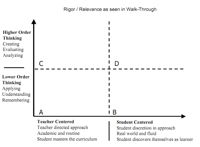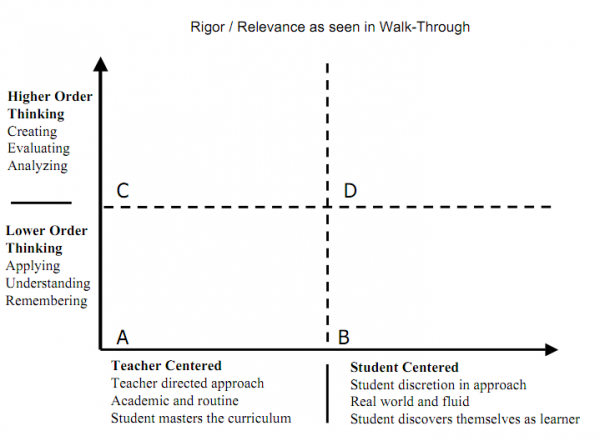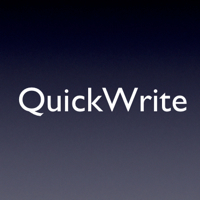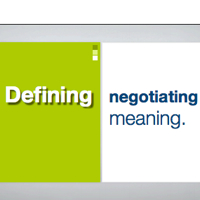Brian Greene is a professor of physics at Columbia and the author of “The Elegant Universe.” In a June 1, 2008 NY Times Op-Ed essay Put a Little Science in Your Life, makes an eloquent argument for engaging students with the wonder of scientific discovery. He argues that the recitation of facts and technicalities often prevents student from connecting with the motivational power of inquiry.
Science is a way of life. Science is a perspective. Science is the process that takes us from confusion to understanding in a manner that’s precise, predictive and reliable — a transformation, for those lucky enough to experience it, that is empowering and emotional. To be able to think through and grasp explanations — for everything from why the sky is blue to how life formed on earth — not because they are declared dogma but rather because they reveal patterns confirmed by experiment and observation, is one of the most precious of human experiences.
… As every parent knows, children begin life as uninhibited, unabashed explorers of the unknown. From the time we can walk and talk, we want to know what things are and how they work — we begin life as little scientists. But most of us quickly lose our intrinsic scientific passion. And it’s a profound loss.
…Science is the greatest of all adventure stories, one that’s been unfolding for thousands of years as we have sought to understand ourselves and our surroundings. Science needs to be taught to the young and communicated to the mature in a manner that captures this drama. We must embark on a cultural shift that places science in its rightful place alongside music, art and literature as an indispensable part of what makes life worth living.
More 100KB pdf
As I have often argued, educators need resources and training to craft a rigorous learning environment where students can function as 21st century professionals – critical thinkers who can effectively collaborate to gather, evaluate, analyze and share information. We can reconnect students with their innate drive to thoughtfully explore the world around them.





